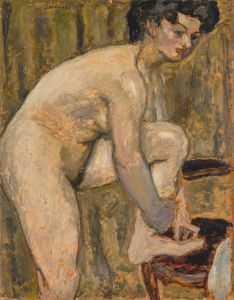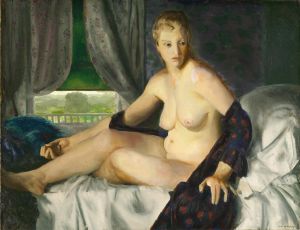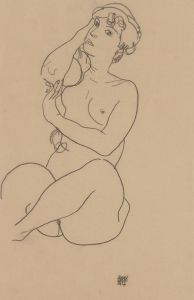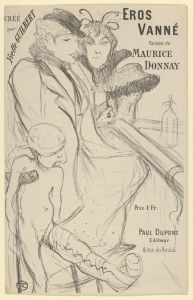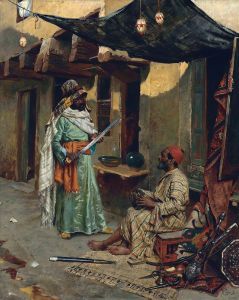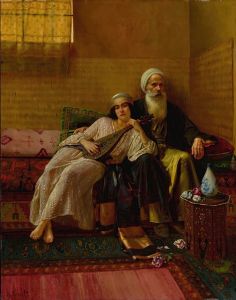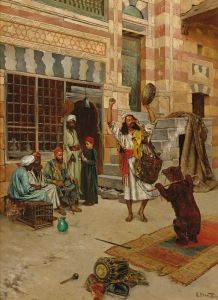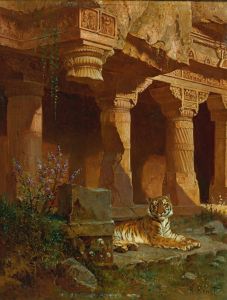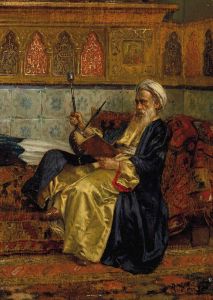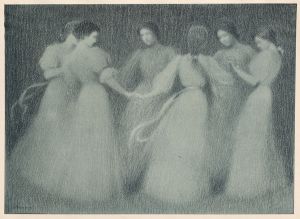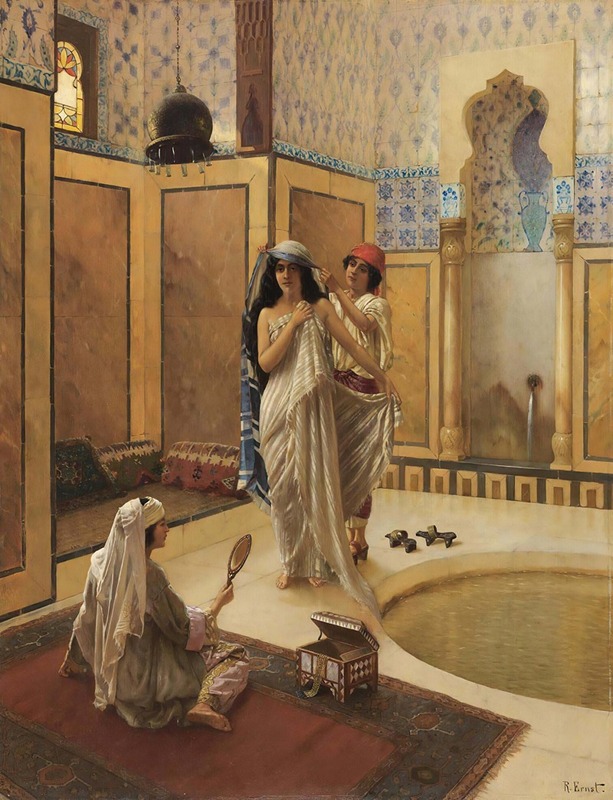
After The Bath
A hand-painted replica of Rudolf Ernst’s masterpiece After The Bath, meticulously crafted by professional artists to capture the true essence of the original. Each piece is created with museum-quality canvas and rare mineral pigments, carefully painted by experienced artists with delicate brushstrokes and rich, layered colors to perfectly recreate the texture of the original artwork. Unlike machine-printed reproductions, this hand-painted version brings the painting to life, infused with the artist’s emotions and skill in every stroke. Whether for personal collection or home decoration, it instantly elevates the artistic atmosphere of any space.
Rudolf Ernst was an Austrian painter known for his Orientalist works, which often depicted scenes inspired by the cultures and environments of the Middle East and North Africa. "After The Bath" is one of his notable paintings, showcasing his fascination with exotic themes and his attention to detail.
Ernst was born in Vienna in 1854 and studied at the Academy of Fine Arts in Vienna. He later moved to Paris, where he became part of the Orientalist movement, a genre that romanticized and depicted the East as a place of mystery and exoticism. This movement was popular in the 19th century, fueled by European colonial interests and the fascination with the cultures of the Ottoman Empire, North Africa, and the Middle East.
"After The Bath" exemplifies Ernst's skill in capturing the intricate details and textures of his subjects. The painting typically portrays a serene and intimate moment, often featuring a woman in a luxurious setting, surrounded by rich textiles and ornate architecture. Ernst's use of color and light enhances the sensuality and tranquility of the scene, drawing the viewer into a world that is both opulent and private.
Ernst's works are characterized by their meticulous attention to detail, particularly in the depiction of fabrics, tiles, and other decorative elements. This attention to detail reflects his interest in the material culture of the regions he depicted, as well as his ability to render these elements with a high degree of realism. His paintings often include a variety of textures, from the softness of skin to the intricate patterns of carpets and the gleam of metalwork.
The Orientalist genre, while popular in its time, has been critiqued for its portrayal of Eastern cultures through a Western lens, often perpetuating stereotypes and exoticizing its subjects. Ernst's work, like that of many Orientalist artists, reflects the attitudes and interests of his time, providing insight into how the East was perceived by European artists and audiences.
"After The Bath" is a testament to Ernst's ability to create a captivating and detailed scene that invites viewers to appreciate the beauty and craftsmanship of his work. His paintings remain a part of the broader conversation about Orientalism and its impact on art and cultural perceptions.
Rudolf Ernst continued to paint and exhibit his works throughout his life, gaining recognition for his contributions to the Orientalist movement. His paintings are held in various collections and continue to be studied for their artistic and historical significance. Ernst passed away in 1932, leaving behind a legacy of works that capture the allure and complexity of the cultures he sought to portray.





